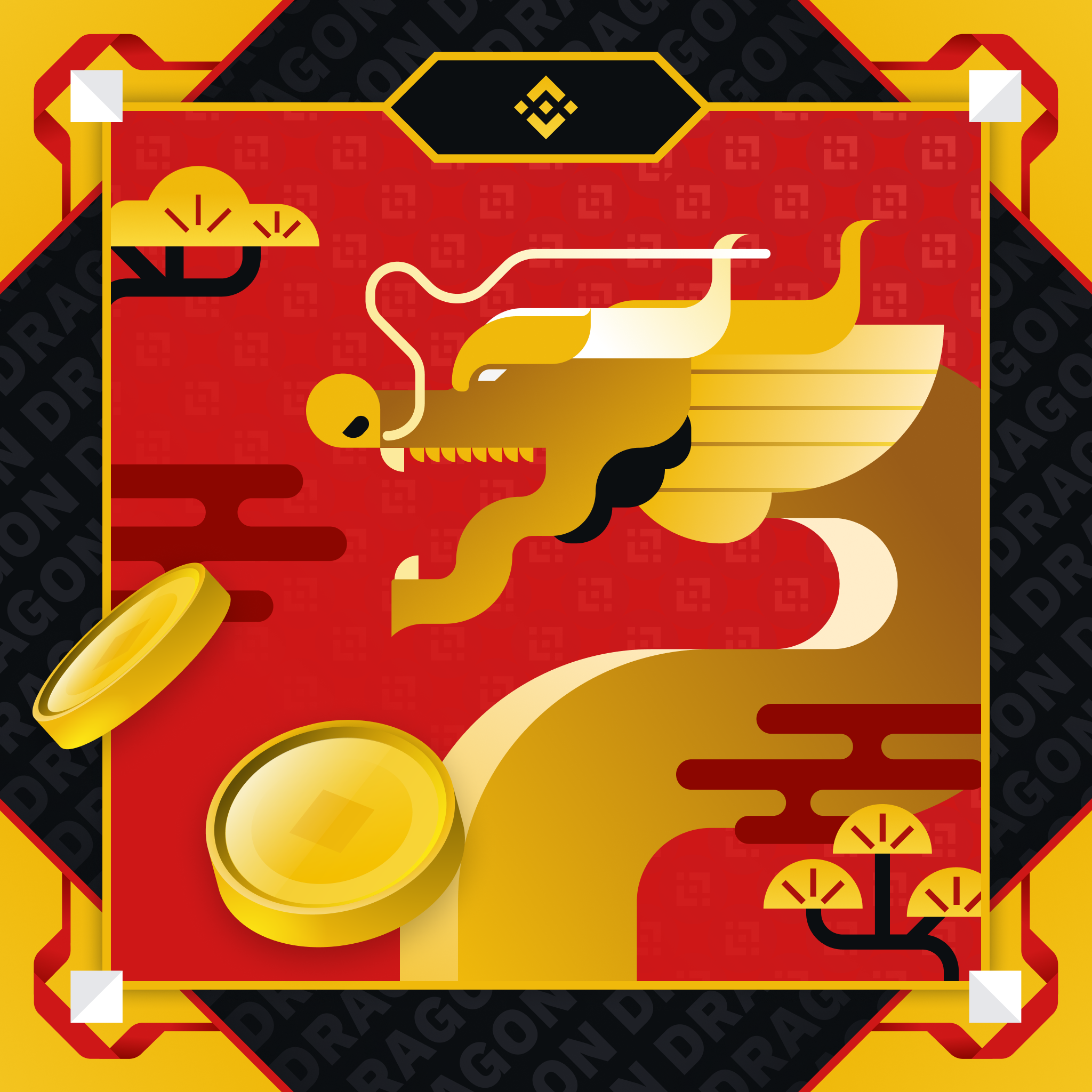Money laundering refers to the process of concealing the origins of illegally obtained money, typically by transferring it through a complex sequence of banking transactions or commercial activities. Here are some scenarios illustrating different forms of money laundering:
1. Imagine winning $5 million in a lottery but feeling dismayed about paying $1 million (20%) in taxes. Seeking a way out, you inquire on social media about avoiding taxes on lottery winnings. Someone promptly approaches you, offers to buy your ticket for the full amount, and hands you $5 million in cash. This act of bypassing tax obligations through a cash transaction is an example of money laundering.
2. In another scenario, a developer intends to bribe authorities. They orchestrate a real estate deal, pay the initial deposit, and sign contracts. Subsequently, they breach the contract and sell the property to a different buyer, receiving a $95 million payout. This seemingly legitimate transaction masks the underlying bribery scheme.
3. A thief steals $10 million and transports it to a casino in Macau to purchase an $8 million property. Upon losing $2 million at the casino, the thief instructs the casino to transfer $8 million to their bank account, effectively laundering the stolen funds under the guise of gambling winnings.
4. A company executive spends $30,000 on a personal trip but lacks receipts. To legitimize this expense, they provide a fake receipt to the accountant, who then purchases a $30,000 invoice from an illicit source for $2,000. The company now has $32,000 in its account, disguising the illicit $30,000 as legitimate business expenses.
5. Contrasting this, if the executive has a genuine $5,000 receipt for a business dinner, they submit it for reimbursement. The accountant records it as a legitimate business expense, providing the executive with $5,000 in cash.
6. In a more elaborate scheme, an executive buys a $1 million property without proper documentation. To cover this up, they fabricate a transaction for a costly vase, inflating the purchase to $1.1 million under the company's name. This extra $100,000 is then directed to an auction agency, masking the original $1 million expenditure.
Understanding these examples sheds light on the intricate methods used in money laundering. If you're interested in exploring financial topics further, feel free to engage with me on my profile, where we can delve into the world of cryptocurrencies and their future prospects.
❤️LIKE 🫂FOLLOW 🗳REQUOTE OR RESHARE
⌨️ COMMENT
🫂Remember: A lot of Hardwork goes into for providing you Best Investment Articles.Your Generous Tips would Empower our Mission and help us to work even Harder for you to give Best Investment Advice.




